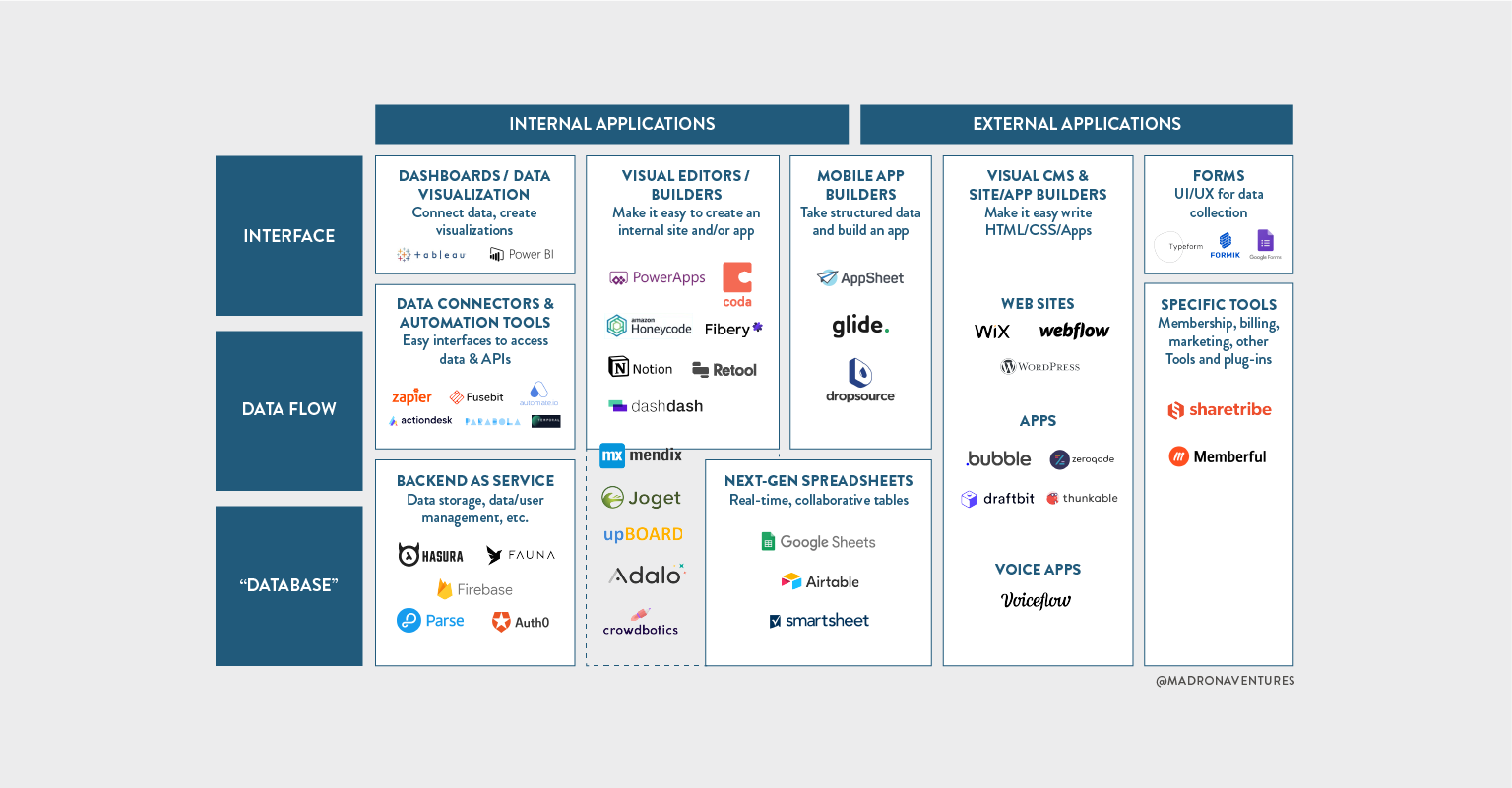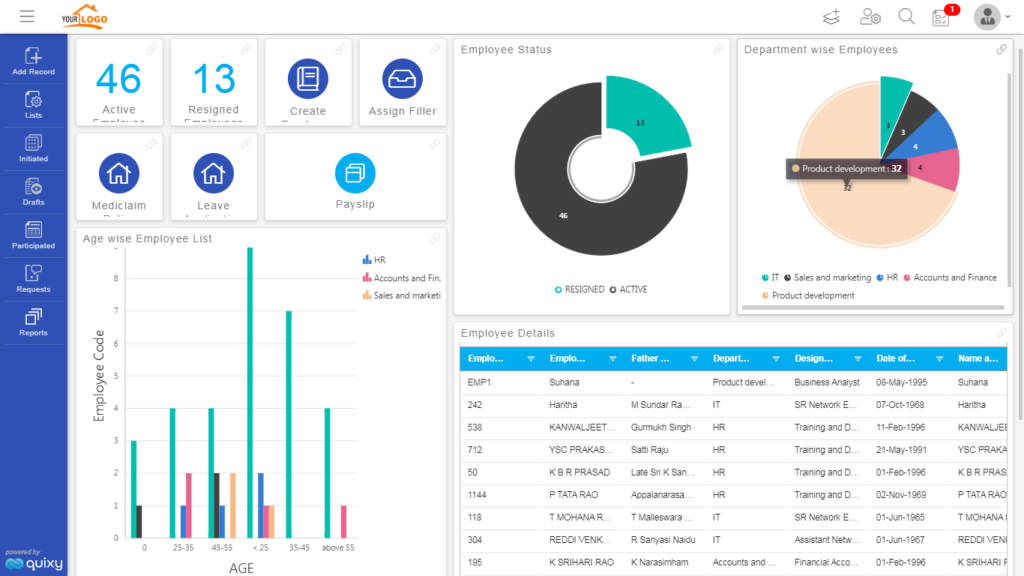Checking Out the Advantages of Scalable Data Sources That Need No Coding Abilities for Reliable Data Administration Solutions
The appearance of scalable databases that get rid of the need for coding abilities presents a transformative possibility for organizations looking for reliable data management options. By enabling non-technical customers to harness the power of data with instinctive interfaces, these systems enhance availability and foster cooperation across diverse groups. In addition, their cost-effectiveness and flexibility to evolving organization demands can dramatically enhance functional procedures. As we consider the effects of such advancements, it comes to be important to check out just how they can improve the landscape of data management and drive sustainable development in a competitive environment.
Boosted Access for Individuals
Enhanced accessibility for customers is an important element of scalable databases, making certain that information administration systems are easy to use and intuitive. In a period where data-driven choices are extremely important, accessibility allows a broader array of individuals, consisting of those without considerable technical know-how, to engage with data source systems successfully. This democratization of information access helps with boosted collaboration across divisions, equipping employees to draw out understandings and make educated choices.
Easy to use interfaces, such as drag-and-drop functions and visual data representation, streamline complicated data communications. These improvements decrease the knowing curve connected with traditional database management, enabling users to concentrate on leveraging information instead than grappling with technical intricacies. Scalable databases typically integrate adjustable control panels and real-time analytics, providing individuals with immediate insights tailored to their certain demands.

Cost-Effectiveness and Resource Cost Savings
Efficient data monitoring not just hinges on access however likewise on cost-effectiveness and resource savings. Scalable data sources designed for users with no coding abilities significantly reduce monetary concerns generally connected with conventional data source monitoring systems. By eliminating the need for specialized programs proficiency, organizations can allocate their sources more efficiently, concentrating funds on core company activities as opposed to considerable training or hiring skilled workers.
Moreover, these data sources frequently use cloud-based remedies, which even more lower costs connected to hardware and maintenance. Organizations can scale their database services according to their demands, avoiding the costs sustained from over-provisioning sources. This adaptability implies services can adjust to transforming needs without incurring unneeded expenses, leading to considerable long-term cost savings.
In addition, easy to use interfaces improve data entry and administration procedures, lowering the moment invested on administrative tasks. This performance converts right into labor price savings, allowing teams to concentrate on critical campaigns rather than regular upkeep. In general, embracing scalable databases that need no coding skills cultivates a much more economical strategy to data management, making it possible for companies to optimize their resources while maintaining high degrees of functional effectiveness.
Improved Collaboration Across Teams

Additionally, scalable databases facilitate seamless interaction among team participants. With straightforward interfaces that call for no coding abilities, workers can conveniently create, change, and share reports or dashboards customized to their certain requirements. This democratization of information encourages non-technical customers to add insights, boosting the collective atmosphere.
Additionally, these databases sustain simultaneous access, enabling several users to work with the same dataset at the same time. This function improves efficiency, as teams can engage in joint data analysis without the risk of variation control issues. The capability to leave remarks or notes directly within the database further promotes discussion and clarifies information interpretations.
Streamlined Data Monitoring Processes
In today's data-driven environment, organizations acknowledge the need of structured data management processes to maximize effectiveness and precision. By leveraging scalable databases that call for web link no coding abilities, organizations can simplify their data handling and reduce the complexities usually connected with standard data source systems. This access equips non-technical users to involve directly with information, helping with quicker decision-making and reducing dependence on specialized IT workers.
Structured information monitoring processes enhance process by automating regular tasks such as information entry, recognition, and reporting. Automated data combination makes sure that details from different sources is aggregated perfectly, removing silos and cultivating a combined view of essential company metrics (no-code). In addition, user-friendly interfaces enable personnel to manipulate data conveniently, allowing them to create insights that drive strategic initiatives without the need for considerable training.
This performance not only accelerates functional processes but also minimizes the potential for human error, making certain that information stays trusted and accurate. Ultimately, streamlined information monitoring procedures through scalable data sources lead to enhanced efficiency, enabling companies to focus on core activities while guaranteeing that their information administration practices are efficient and reliable.
Scalability for Growing Companies

For broadening ventures, the ability to scale up or down is critical. A scalable database can deal with an influx of data generated from new customers, items, or services, ensuring that organization procedures remain undisturbed. In addition, these data sources supply the capability to handle peak lots efficiently, which is crucial during periods of rapid growth or seasonal spikes.
Furthermore, many scalable database options are designed with user-friendly interfaces that require no coding skills, empowering non-technical team to take care of data efficiently (no-code). This democratization of information monitoring permits companies to allocate sources tactically and minimize dependency on specialized IT workers
Eventually, news embracing a scalable data source not only boosts functional effectiveness yet additionally promotes an environment where organizations can develop and innovate without the restraints of typical data source systems. This versatility positions organizations for lasting success in today's competitive landscape.
Verdict
In verdict, scalable data sources that call for no coding skills supply significant benefits for reliable information monitoring. By simplifying information monitoring procedures and using scalability for expanding services, such solutions allow companies to adjust to transforming demands efficiently.
Boosted accessibility for customers is an important element of scalable databases, guaranteeing that data monitoring systems are straightforward and intuitive.Straightforward user interfaces, such as drag-and-drop features and visual data representation, streamline intricate data communications. Overall, embracing scalable data sources that call for no coding skills promotes a more cost-efficient strategy to data administration, enabling companies to optimize their sources while maintaining high levels of operational effectiveness.
By leveraging scalable data sources that need no coding abilities, businesses can streamline their data handling and lower the intricacies usually linked with typical data source systems - no-code.Streamlined information management processes boost operations by automating routine jobs such as data access, validation, and coverage